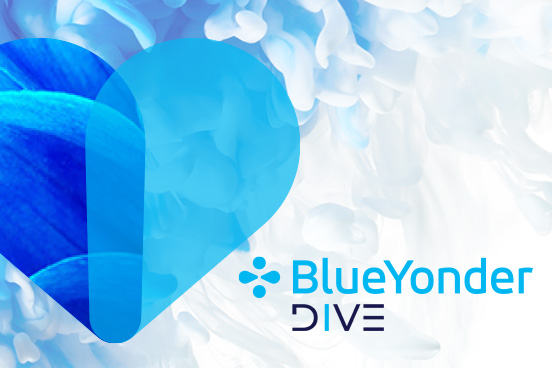Honoring Transgender Day of Remembrance with Humanizing Words
I wish that Transgender Day of Remembrance was a time of reflection on our past transgressions against the trans community — and that now as a society we honor, protect and uplift them at all costs. But devastatingly, that isn’t the reality.
With at least 46 trans or gender non-conforming people — the majority being Black and Latinx trans women — killed this year, 2021 is on track to be the most violent year on record since the Human Rights Campaign (HRC) began tracking these crimes in 2013. And the report, Injustice at Every Turn, published by the National Center for Transgender Equality and the National Gay and Lesbian Task Force, shares even more alarming facts:
- People of color in general fare worse than white participants across the board, with Black transgender respondents faring worse than all others in many areas examined.
- Respondents lived in extreme poverty and were nearly four times more likely to have a household income of less than $10,000/year compared to the general population.
- A staggering 41% of respondents reported attempting suicide compared to 1.6% of the general population, with rates rising for those who lost a job due to bias (55%), were harassed in school (51%), had low household income, or were the victim of physical assault (61%) or sexual assault (64%).
These numbers are staggering and certainly grab our attention, but stats don’t save lives — hearing people’s stories do. And since only 20% of Americans know someone who is transgender, I’d like to share the story of Rita Hester, a trans Black woman for whom Transgender Day of Remembrance was created back in 1999.
According to GO Magazine, “Rita Hester was a beloved Bostonian, a 34-year-old Black trans woman who Reverend Irene Monroe said, ’everybody knew… especially in the trans community and in the African-American LGBTQ communities.’ A musician, dancer and drag performer… , Hester loved covering Whitney Houston songs and was described by those who knew her as smart, beautiful, bright and elegant.”
Then in 1998, just one day shy of her 35th birthday, Hester was found stabbed 20 times in her apartment — and she eventually died from the chest wounds. There was an outpouring of emotion from the city that started with a vigil and a procession that then transformed into a movement. The following November, the very first Transgender Day of Remembrance was held in Boston, and now every Nov. 20, trans people and allies come together all over the world to honor those gone too soon. Like Rita Hester.
Something I noticed when reading many interviews with Rita’s family was they often misgendered her and used her dead name. While it’s clear Rita was beloved by her family, there are many sources citing that she repeatedly asked them to call her “Rita” and to use she/her pronouns.
And it wasn’t just her family who misgendered Rita — at the time, many newspapers refused to use the right pronouns, and they often referred to her dead name. For example, the Boston Globe referred to her as “a man who sported long braids and preferred woman’s clothes.”
Microaggressions like these can be dehumanizing to the trans community, and the dehumanization of any marginalized community can lead to violence and hate. “I think when the rhetoric gives way to dehumanizing people, that’s when you open the door to violence. When you stop recognizing a person is just as human as you are, when you ‘other’ somebody, that opens the door to fear and hate, and fear and hate lead to violence,” shared Ravyn Wane to AP News.
So, what’s the antidote to hate? Whether a person is transgender, BIPOC, an immigrant, or at the intersectionality of any or all of those, using positive, humanizing language is how we begin to combat violence. That humanizing language can start with microaffirmations, such as respecting someone’s preferred name and using their pronouns correctly.
Today, in honor of Transgender Day of Remembrance, or any day, you can choose to be an ally to the trans and gender non-conforming communities simply by adding your own pronouns to digital platforms, like LinkedIn and other social media sites, email, and Zoom — and then recognizing other people’s pronouns too.
In a world that can sometimes feel completely out of our control, especially during the COVID-19 pandemic, each of us has the power to make someone’s life better — with just a few simple words.
To learn more strategies for inclusion in the workplace, Out & Equal has an incredibly useful guide: What’s Your Pronoun?

